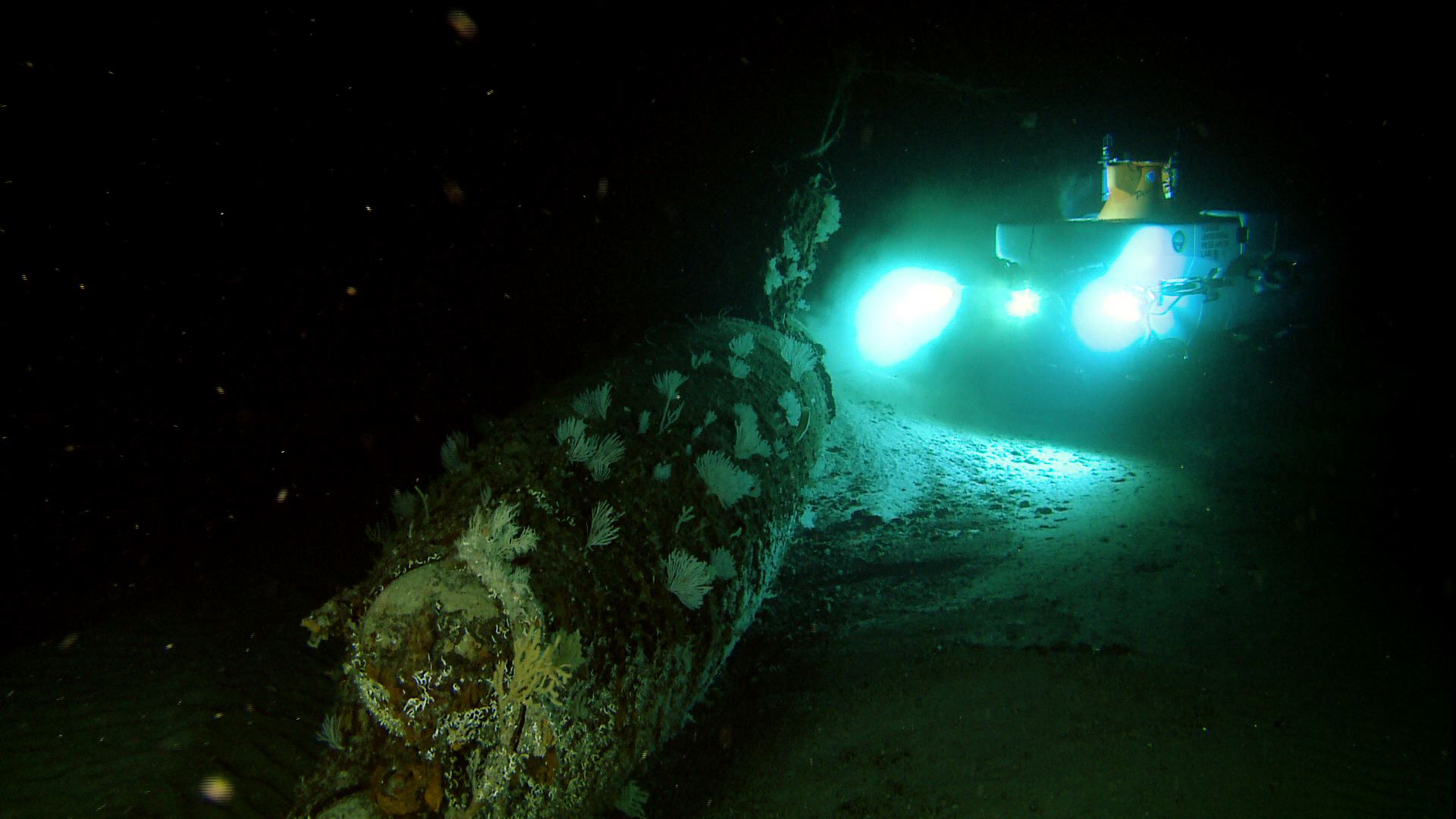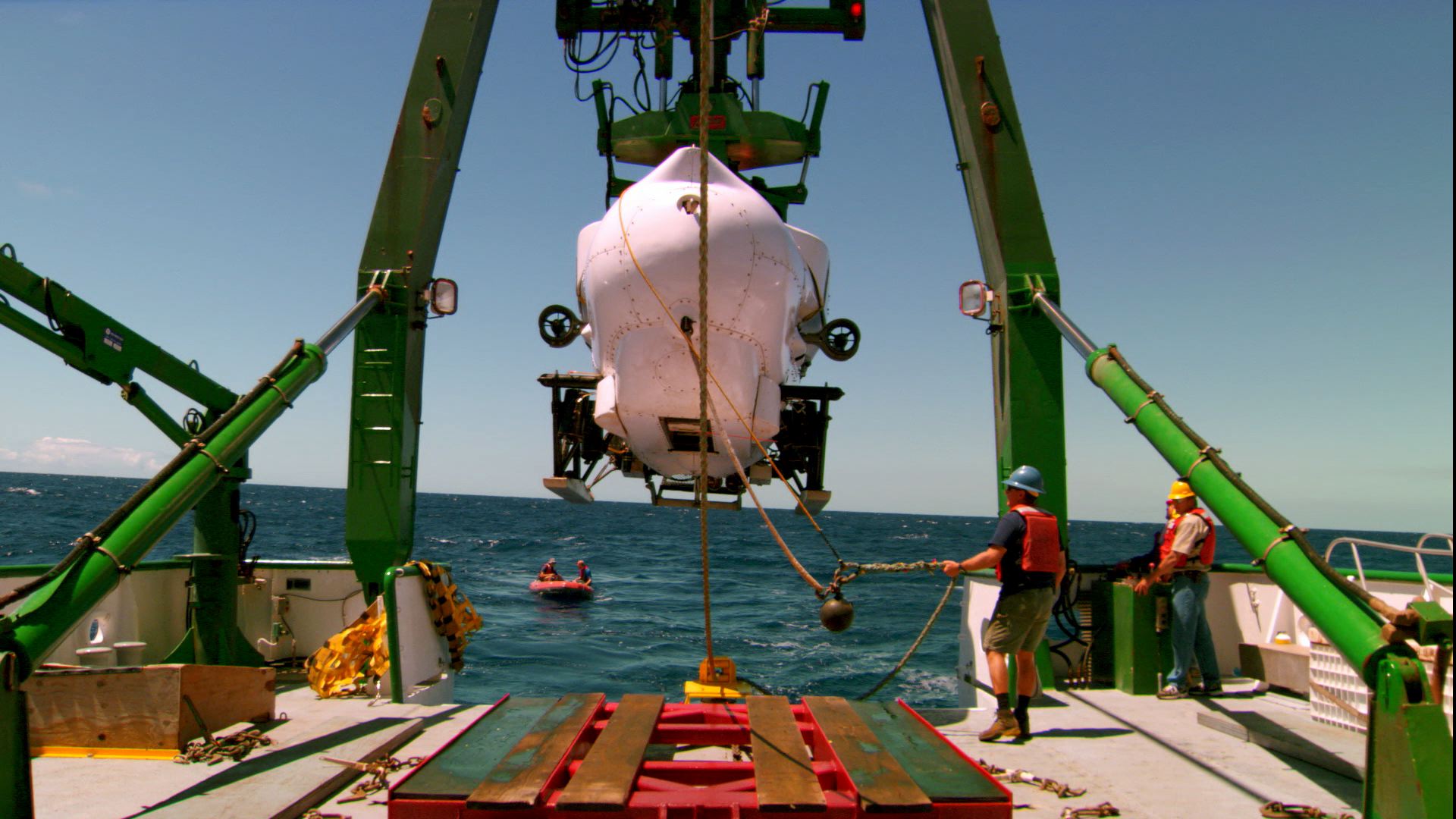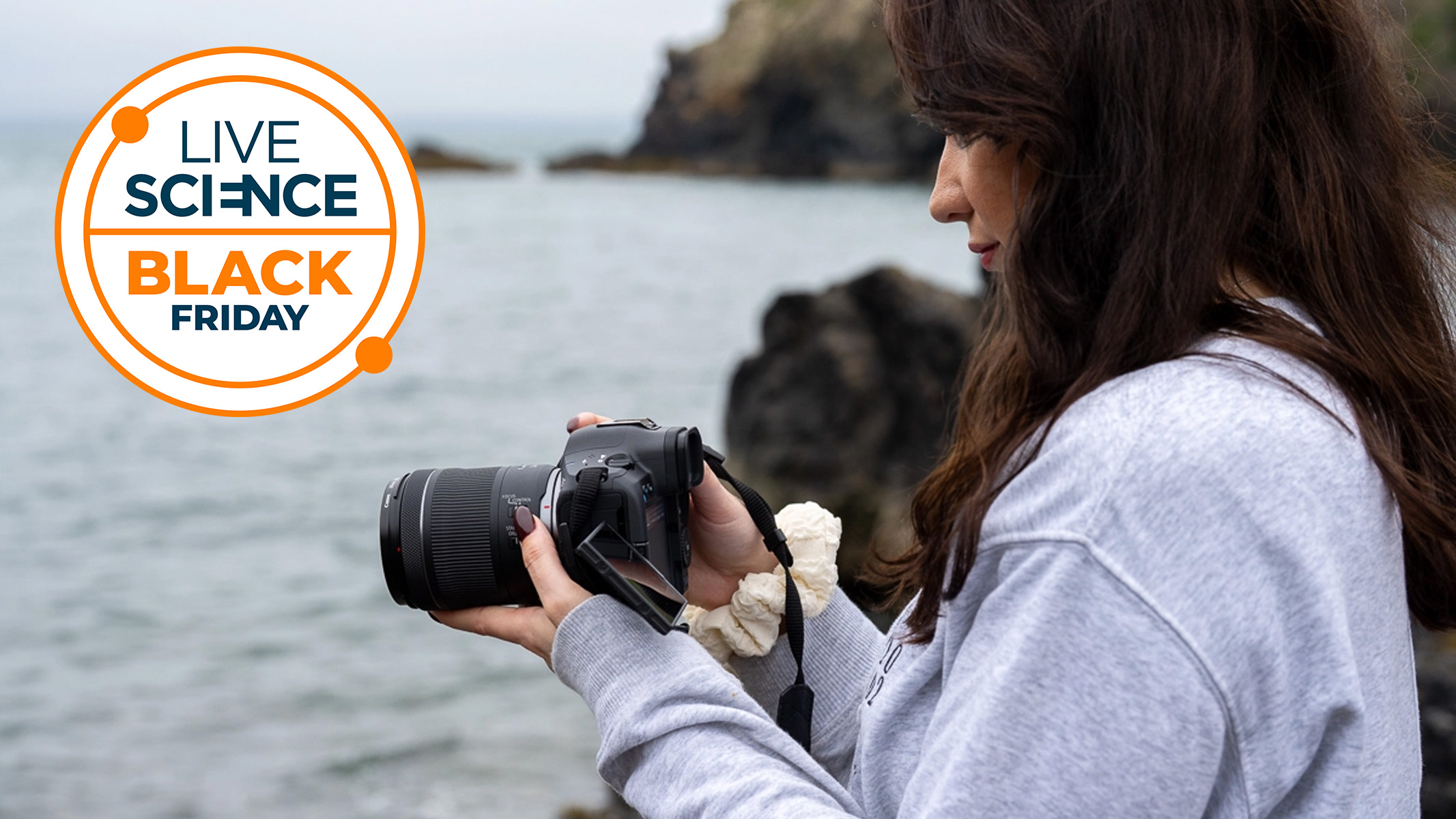
'Carl Sagan with Gills:' A Q&A with Bob Ballard, Discoverer of The Titanic

By his own admission, Bob Ballard is a heretic. "If I were in Tunisia, I'd be toast," he said. He likes to disprove conventional wisdom, and throw out textbooks (metaphorically speaking).
In graduate school in the 1960s he was part of a wave of young researchers who established the existence of plate tectonics. In 1979 he found black smokers, vents on the ocean floor that spew out water from within the Earth, which wasn't previously thought possible. He has helped find new and unknown life forms around deep sea vents, which "threw out the textbook" on biology and the origin of life, which was previously thought to have originated from energy captured from sunlight.
He also discovered the wreckage of the Titanic deep on the Atlantic Ocean floor, as well as a whole slew of other shipwrecks.
Now he's the host of a new five-part series on the National Geographic Channel called "Alien Deep." The show, which premieres at 7 p.m. Eastern/Pacific on Sunday, Sept. 16, examines never-before-seen ocean marvels, from deep sea vents hosting unique life to ancient shipwrecks. Along the way he's joined by scientists, explorers and even astronaut Buzz Aldrin, to debate whether it makes more since to live on Mars or on the ocean.
OurAmazingPlanet sat down with Ballard to learn more about his new project.
OurAmazingPlanet: What was the coolest thing about doing this show?
Bob Ballard: Doing a whole series. I started working with National Geographic in 1979 and I think I've done about 35 specials before, but never a series. The producer calls it, "Carl Sagan with gills."
Get the world’s most fascinating discoveries delivered straight to your inbox.
I learned a lot — it was like going back to graduate school. In the show I went on a sub that's basically an underwater airplane called Deep Flight. That was kind of spooky. When you get on you put on a harness, because it rolls [like a plane]. You fit in like a glove. You can't move any part of your body, except your hand to scratch your nose.
OAP: What sort of things did you learn in filming the show?
BB: One thing, is that there's been an increase in the number of rogue waves. [The insurance company] Lloyd's of London has increased its insurance policies on ships because of this. What's happening with global warming is that the Earth is getting energized, hurricanes are going faster, etc. And you're seeing that reflected in more rogue waves. Most ships that vanish without a trace are due to rogue waves.
To explain what a rogue wave is: when you have a storm, you have these swells that migrate away. Eventually the waves meet. Normally they cancel each other out. But periodically, in a spot, they add up, and sometimes you can get three of them, all converging. That's a rogue wave.
I experienced one when I was very young on my first cruise.
OAP: What happened?
BB: On my first cruise, there were 40-feet swells. You'd go up and see all [gray] sky, and then back to staring into the ocean. For two days, there's nothing to do, except sleep and try to eat. I was up on the bridge. And all of the sudden, there's this wall (of water), and I thought: 'We aren't going over that. It's too steep.' And it just crashes. It's called taking green water. That means you're underwater and you're flooding and the question is: Do you get out before you flood totally? Sometimes you do, and sometimes you don't. Fortunately for me I was able to get out. That was 52 years ago. I don't want to go through another one.
In the show they actually document one. It'll ruin your day.
OAP: What was the hardest thing about filming the show?
Convincing people to do it. I have two fears in my business: 1. They won't fund me. 2. Oh my God—they did. You're worried that nobody will back you, but then when they do, you have to deliver.
OAP: What was the most difficult technical challenge in filming the show?
BB: To deliver the best mind in the world to a spot at the bottom of the ocean, with our telepresent technology [in which people can remotely see what Ballard's remotely operated vehicle sees, and offer their advice.]
Recently we found an ancient shipwreck off the coast of Cyprus. We called up a [Bronze Age historian] and he said: Stop. This is Hellenistic. This is from the time of Alexander the Great. [Image Gallery: Shipwreck Alley's Sunken Treasures]
The ability to get the greatest minds to instantly access this stuff is critical.
OAP: I understand you explored deep sea vents in the show. What did you find?
BB: We found another world. What I like doing is throwing text books away.
When I was a geology student, I was taught the old school of geology. I had to memorize a whole lot of crap. I was part of the revolution in Earth sciences, where we knew more than the professors, which was dangerous because you didn't want to embarrass them. How'd you like to defend your Ph.D. with a professor that doesn't believe you?
OAP: Is that what happened to you?
BB: Yes. They didn't believe in plate tectonics, so you had to gingerly get around that. So, we threw the geology book out the window.
Then to biology: We were taught all life on earth was due to photosynthesis. Baloney. We found a life system that completely defied this. Instead of living off the energy from the sun, we found a system that lived in total darkness off the energy of the Earth.
We then found black smokers blasting off on the bottom of the ocean in 1979. We discovered that water actually goes into the planet. The entire volume of the ocean goes into and out of the Earth every 6-8 million years.
OAP: Will people ever live in the ocean?
BB: Not in the ocean; we're not fish. But on it. We only live on 18 percent of the planet. Why not live on 100 percent? We can greatly increase the ocean's productivity by being ranchers and farmers. In the show we show people who are raising fish in the sea on soybeans.
Right now we are hunter-gathers, catching apex predators. We can make the ocean much more productive through the use of aquaculture.
OAP: When you went to the deep sea vents, did you find new types of life?
BB: Every day.
OAP: What was your favorite?
BB: This crazy crab with a hairy-chest. It grows food on the hair on its chest. And there are mounds of them. My colleagues named it after David Hasselhoff. [World's Freakiest Looking Animals]
OAP: The ship you found — was that the only one?
BB: We found about 50. We found more ancient shipwrecks than anybody in the world.
OAP: What was the most precious cargo you found?
BB: Human remains. Finding the ancient mariners, preserved.
Reach Douglas Main at dmain@techmedianetwork.com. Follow him on Twitter @Douglas_Main. Follow OurAmazingPlanet on Twitter @OAPlanet. We're also on Facebook and Google+.




